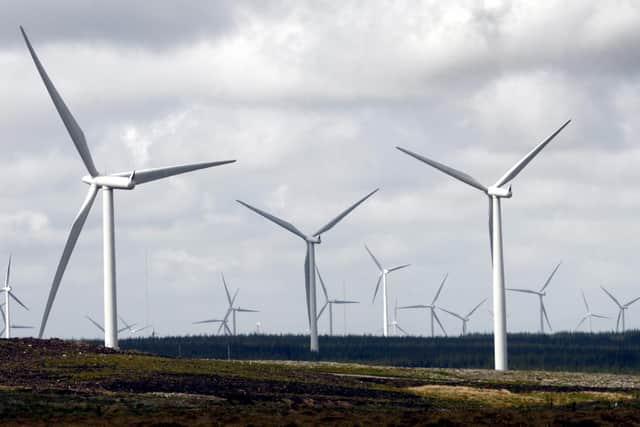Earth Overshoot Day 2022:What is Earth Overshoot Day and is it later this year than 2021?
Earth Overshoot Day marks the day that humanity had used all the biological resources that Earth regenerates during the entire year.
The date falls a day sooner than Earth Overshoot Day 2021, which was on July 29th and significantly before the date in 2020 which saw the pandemic-induced resource-use reductions exceptionally push Earth Overshoot Day date back by 24 days for 2020.
Advertisement
Hide AdAdvertisement
Hide AdWhat does Earth Overshoot Day mean and how is it calculated?


Earth Overshoot Day is the day that humans effectively pass the break even point of resources. It is calculated by dividing the planet's biocapacity by humanity's ecological footprint and multiplying the result by 365, the number of days in a year.
Since 1961, the first year consistent United Nations statistics were available, humanity’s demand on resources has gone from being within the means of what nature could support to significantly over budget. Our planet went into global overshoot in the early 1970s.
From Earth Overshoot Day until the end of the year, humanity operates on ecological deficit spending.
This deficit spending is currently the largest since the world entered into ecological overshoot in the early 1970s, according to the National Footprint & Biocapacity Accounts (NFA) based on UN datasets now produced by FoDaFo and York University.
Earth Overshoot Day is driven by four key factors such as how much we consume, how efficiently products are made, how many of us there are, and how much nature’s ecosystems are able to produce.
The first Earth Overshoot Day saw the day fall in December in 1971, but it has since moved into July since 2005.
